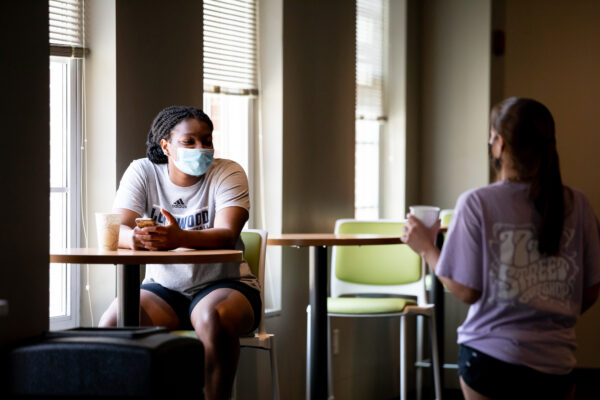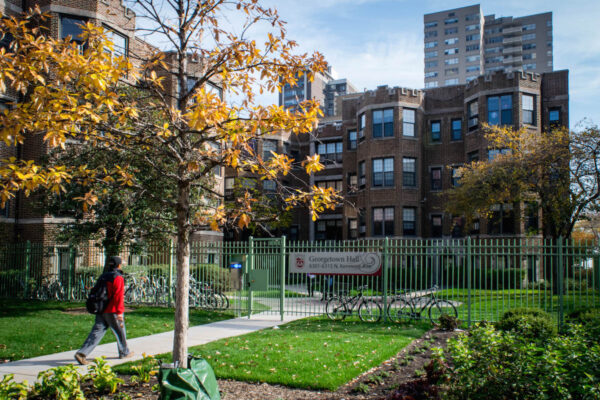COVID-19 Poses Disparate Effects and Mental Health Challenges on College Faculty
Title: “On the Verge of Burnout”: COVID-19’s Impact on Faculty Well-Being and Career Plans
Source: The Chronicle of Higher Education and Fidelity Investments
Author: Alina Tugend
In partnership with Fidelity Investments, The Chronicle of Higher Education fielded a nationwide survey on the impact of COVID-19 on faculty in October 2020, gathering responses from 1,122 professors at colleges and universities.
Findings detail the pandemic’s toll on faculty, relaying high levels of “stress, hopelessness, anger, and grief” amidst higher workloads, deteriorated work-life balance, and less enjoyment of teaching. To that end, 73 percent of tenured professors shared that they have moved up their retirement date since the start of 2020. Meanwhile, tenure-track professors were the most likely to express their consideration of changing careers and leaving higher education (43 percent), outpacing consideration from part-time and non-tenured track respondents.
Speaking to greater trends surrounding caretaker responsibilities, COVID-19 transmissions, and pre-existing dynamics within academia, the pandemic appears to have disproportionately impacted women, Black, brown, gay, nonbinary, and disabled faculty. The report calls for empathy, support, and tangible actions to assist faculty well-being.
Click here to read the report.
—Anna Marie Ramos
If you have any questions or comments about this blog post, please contact us.


